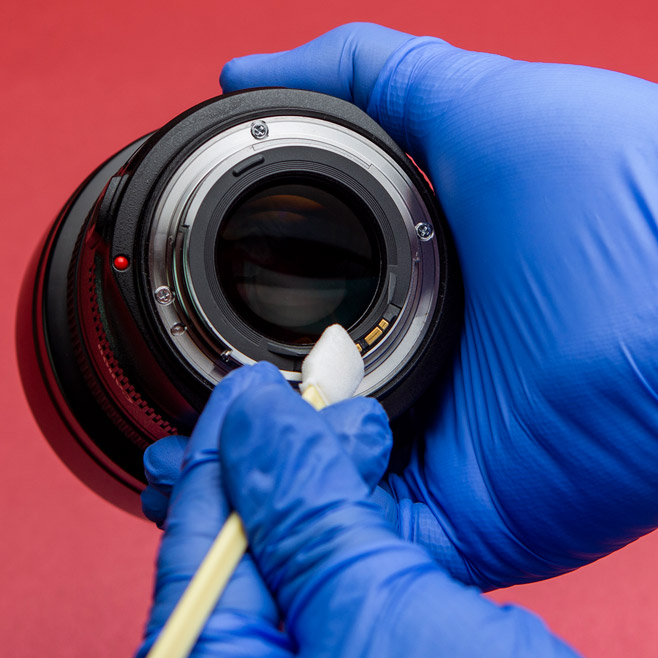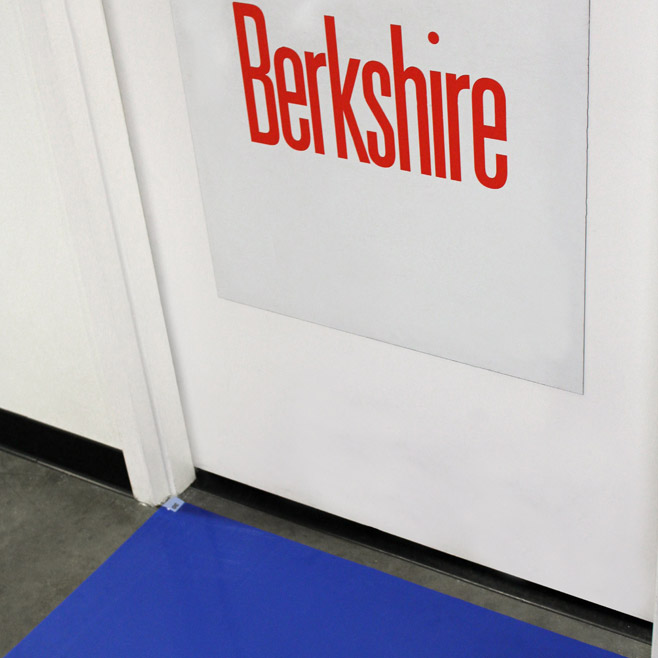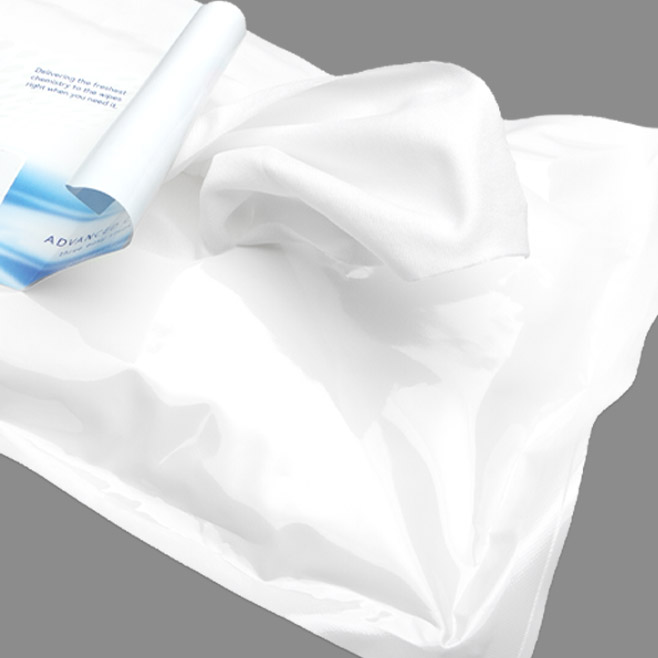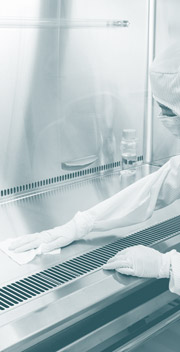Berkshire Products, Knowledge Base
Useful Methods for Positive Results in Cleanroom Cleaning Verification
Over the last several articles in this series, we have addressed several things related to pre-wetted wipers: the convenience and consistency of presaturated wipers, how to unlock the best wiper for your cleanroom, the powerful wetting solution of isopropyl alcohol, important wiping techniques for effective cleaning, unlocking the most from your pre-wetted wipers packaging, and most recently we discussed why sterile pre-wetted wipers are of paramount importance.
In this final installment of the series, we will turn our attention to cleanroom verification and discuss a few methods used in this process. What will become clear as we navigate some basics surrounding cleanroom verification is that it has nothing to do with the composition and use of pre-wetted wipers – only how well they have done their job.
Cleaning verification examines how clean surfaces are immediately after treatment with pre-wetted wipers – imagine that it’s a report card for your cleanroom. Except how do you get that passing grade? What methods can you employ to help ensure you do?
The first and easiest is a visual examination. If surface residues remain after using pre-wetted wipers, you’ll need to clean again. The eye can detect residues larger than 1-4 µm/cm2 and particles greater than 50 µm. A worthwhile adjunct to simple visualization is a more critical surface illumination with bright light, which is beneficial inside process equipment or ultraviolet light to help visualize particles or residues. You can learn more about particles on surfaces here.
However, two industries have developed specific procedures beyond visualization to verify the thoroughness of cleaning process equipment.
The first industry is pharmaceuticals. In manufacturing parenteral drugs (those that cannot be terminally sterilized), pharmaceutical manufacturers use a sampling approach after completing their batch processing. First, the associated process equipment has been wiped clean with sterile, pre-wetted wipers. Next, dampened swabs pick up traces of contaminants – either manufactured product or cleaning agents – from interior surfaces of process equipment. Then you extract the swabs in appropriate solvents and examine the extracts with high-sensitivity instrumentation. For example, UV spectroscopy can detect residual manufactured products in the extract.
You can also use Total Organic Carbon (TOC) analysis to detect residual cleaning agents in the swab extracts since cleaning agents often lack organic functional groups that are amenable to detection by spectroscopic methods. You can learn more about it here, where we talk about particles on surfaces.
The second industry – Semiconductor manufacturing – has approached the problem from a different perspective. The challenge is that advanced semiconductor chips can be rendered inoperative by particles embedded in the electronic circuitry. They refer to these particles as “killer defects.”
Process equipment is taken off-line periodically for preventative maintenance to remove interior particles and processing residues. The final cleaning steps during this maintenance activity involve pre-wetted wipers. Visual examination can assist in detecting process residues that might remain after cleaning. But detecting submicron particles cannot be accomplished by visual inspection. Instead, it requires an approach that utilizes surface particles to scatter incident light.
It begins with analyzing a clean, unprocessed wafer in an automated particle counting instrument that illuminates the wafer with light and collects information on the light scattered by particles on the wafer. This instrument draws a map of where the particles reside on the wafer and the overall particle counts – thus providing a baseline particle measurement. The wafer then passes through the cleaned equipment. However, no processing is done on the wafer by the equipment.
Another analysis of the wafer with the particle counter takes place. And there is a comparison of the first and second results. Suppose the number of particles added to the wafer during passage through the cleaned process equipment is below a pre-set cutoff level. In that case, the equipment is thoroughly cleaned and is ready to be put back online to process more finished products.
We’ve explored a few ways that cleaning verification takes place. By all accounts, the use of the pre-wetted wiper in cleaning surfaces is an integral part of the process. If the wiper is doing its job, and the cleanroom verification is successful, you’ll get a passing score. And hopefully exceed it by following required procedures and unlocking the best pre-wetted wipers for your cleanroom contamination needs.
It’s been a pleasure having you along with us during this series. We hope these short articles have provided some general insight into pre-wetted wipers and their significance in the contamination control equation. To read more about particles on surfaces, we invite you to click here and dive a bit deeper.
Of course, we’re always happy to answer your questions regarding your cleanroom contamination needs, so feel free to reach out to our trained specialists for more information.





















HAVE AN IDEA FOR CONTENT?
We are always looking for ideas and topics to write about.
Contact Us